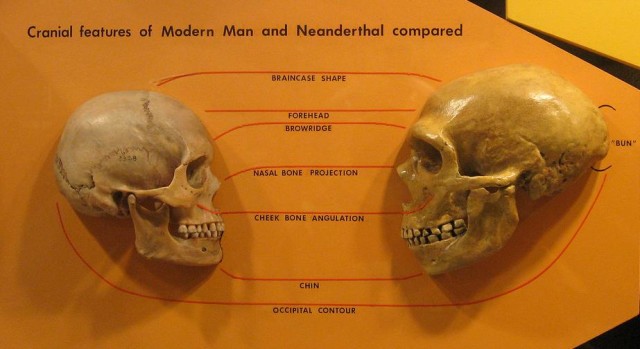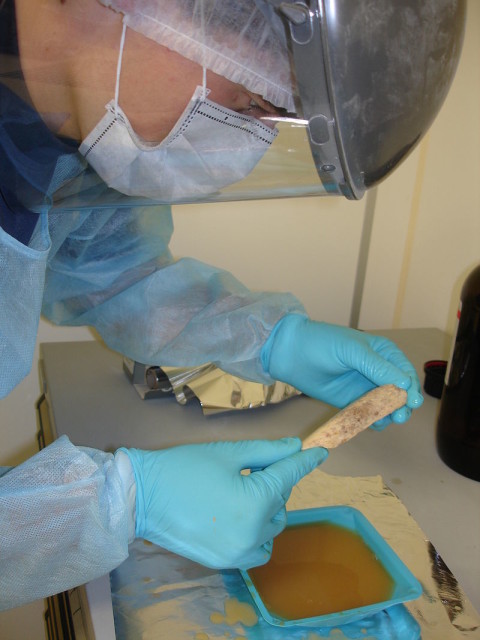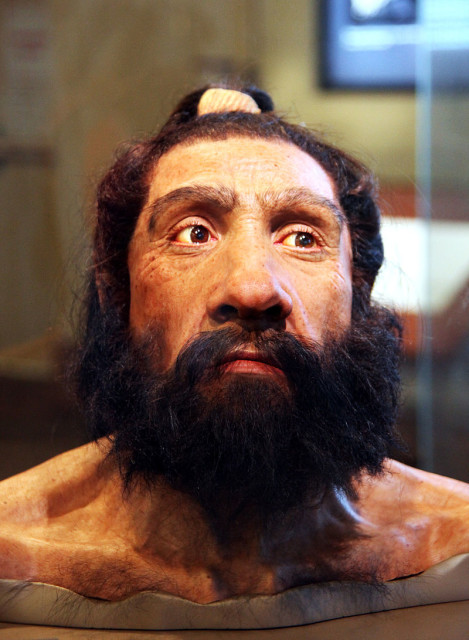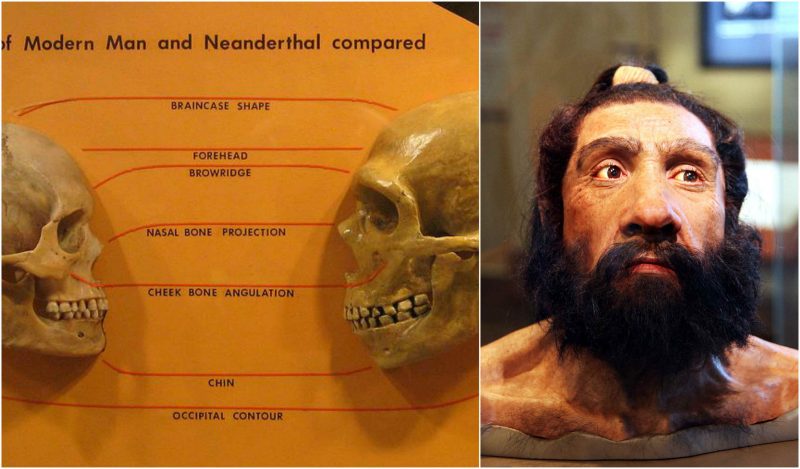Everyone knows that we have evolved from Homo sapiens but there is still a major debate between researchers and scientists today. What experts did not realize is just how alike we are to Homo sapiens.
In fact, it is believed that our Neanderthal genes may have given us all our human advantages. The new DNA studies reveal that many humans are carrying the Neanderthal genes. Not only that, but when our body uses these genes, we can actually become quite progressive – some of these genes come to play in situations where we need to be resourceful, pioneering, creative, and more.
Scientists have thought that we humans come from a branch of human evolution called Modern Humans independent of the Neanderthals. However, that thinking has all changed. Now, from looking at recently discovered genome sequences, we know that we are carrying Neanderthal genes, but scientists have yet to agree that those Neanderthal genes are the cause of the development of human civilization as we know it.

Interestingly, modern humans hadn’t made much real progress in over 163,000 years. They didn’t invent much, develop any societies, or build much of anything. They were hunter-gatherers that didn’t make any technological progress. To explain it in better detail, human progress has only been initiated over the last 37,000 years. The traits of the modern humans could be described as traditional and stable, with a low tolerance for risk, innovation, change, and progress. To put it simply, they were too stable and did not rely on free thinking or creativity to make any progress over the first 163,000 years of existence.
Modern humans were also stuck in Africa for the most part. This was due to the fact that Neanderthals had occupied Europe and Asia, resulting in the Neanderthals being able to take out the modern humans if they strayed too close to their territory. Neanderthals were very combative, powerful, and skillful warriors.
Neanderthals were quite the opposite of modern humans. They were wild and very creative. They were also innovative, because if they had stopped battling and moving constantly they couldn’t have maintained the progress they had made. Without stability in this group, their creations, breakthroughs, and innovations would have been forgotten by newer generations to come. Their attention couldn’t have been held long enough to create a legacy.

These people loved battle, music, and chaos. They are still known as a warlike species, but experts often overlook the fact that they liked to fight in favor of exploring their societal skills; archeologists have even found evidence of the Neanderthals having made musical instruments.
Going a little further into the study of the Neanderthal species, it’s been found that they were so random and creative that they couldn’t tolerate any type of settled society due to the fact that they were wild and wanted the chaotic life. They had so many ideas but could not sit still long enough to document them or keep up with them.
Being so wild, the Neanderthals were able to hold onto all of Europe and Asia, causing the modern humans to remain stuck in Africa. But it’s believed that about 37,000 years ago the Neanderthals mated with the modern humans. Scientists suddenly found a new gene in the human genome called the DRD4 and 7R gene. This gene is associated with risk-taking, sensation-seeking, and novelty-seeking behavior. These combined genes created the new “super” human hybrid tribe which was part Neanderthal and part modern human. Together, their gene pool improved and they eventually dominated because these new humans had the battle skills of Neanderthals as well as the stability of modern humans working together.

The reason why this worked is that some people in that population activated the DRD4 7R gene, about 10%. Others were just carriers, about 20%, and some, about 80%, didn’t have it at all . Looking at this, scientists can tell how many humans these days may have these genes. The risk takers will obviously have the gene; currently, 10% of the world are Uprisers (risk-takers) and about 90% are stabilizers (calm, comfortable, and stable.)
This new super human tribe became successful because they had both genes working in their favor. The Uprisers had all of the ideas and the stabilizers kept those ideas and settled in one area. Today, Uprisers are almost suppressed because there are fewer of them. Without the stablizers in society, Uprisers may not be as successful. To put it in perspective, Uprisers today would be labeled with ADHD, bipolar disorder, Asperger’s, or even autism.
Archeologists have found graves in which it’s been discovered that Neanderthals were buried with and used ephedrine, a chemical comparable to today’s Ritalin, Adderall, and Concerta. These drugs are more commonly used today to reduce the side effects of ADHD.
